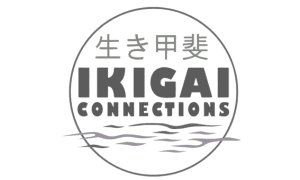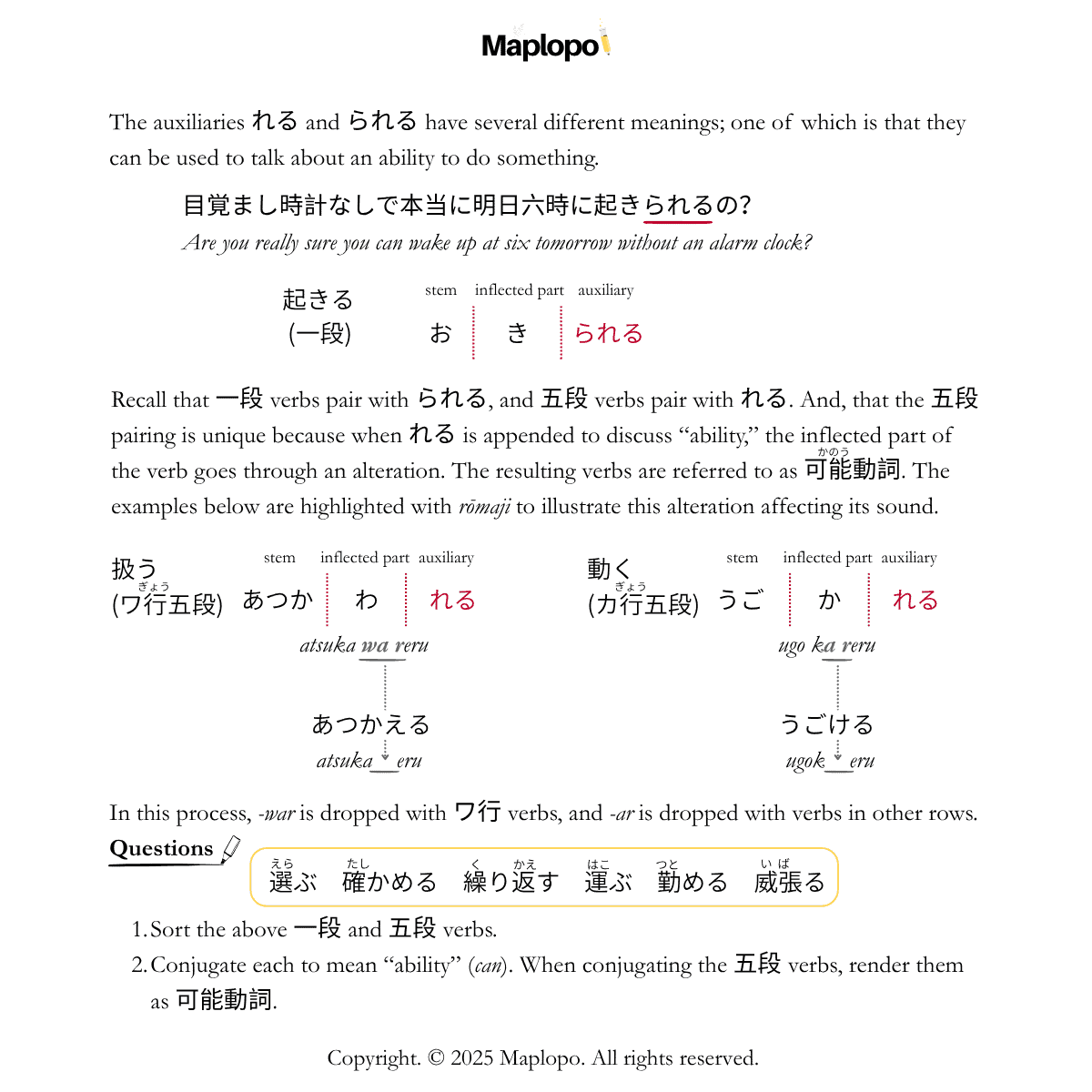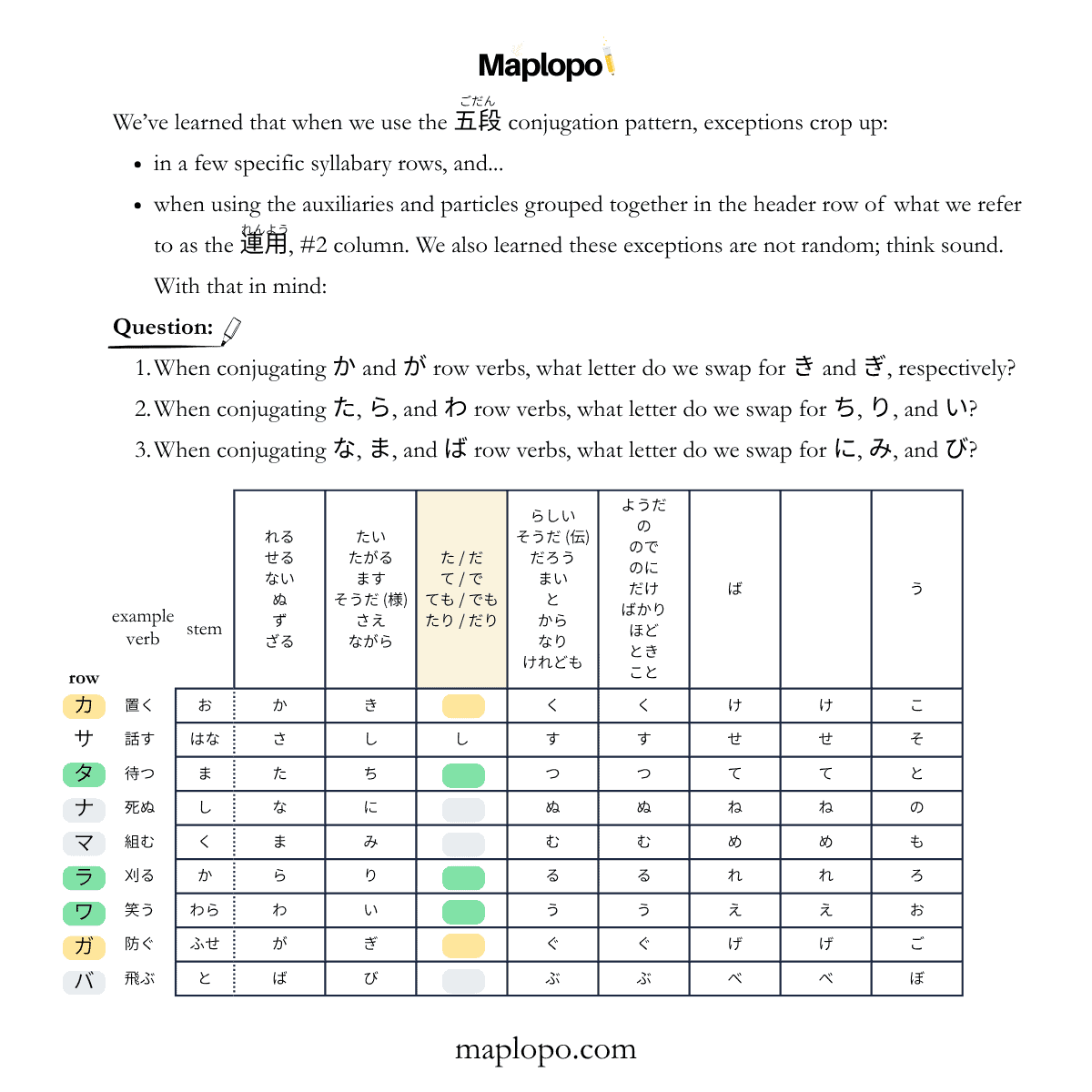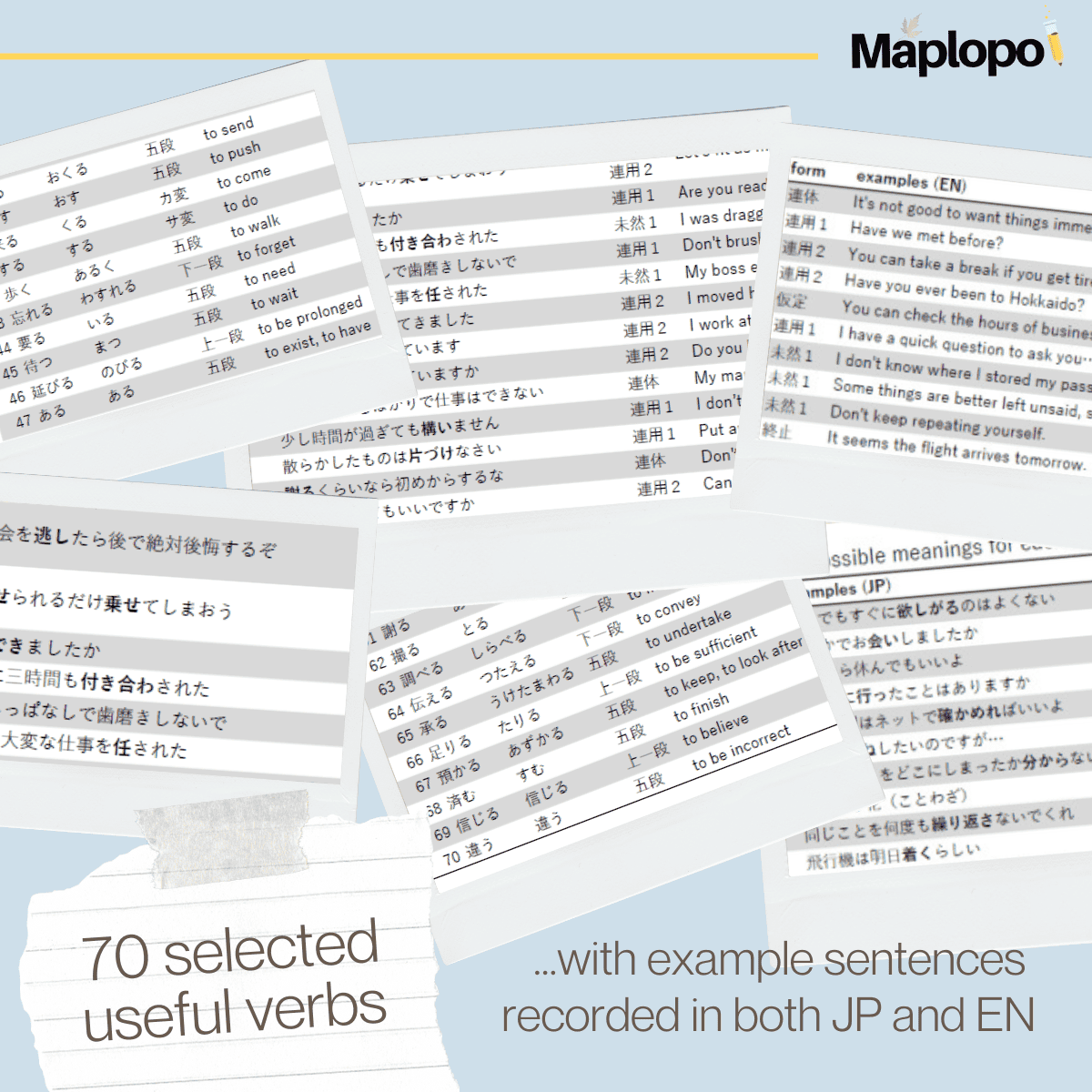Maplopo’s Japanese Verb Pro
Wire Your Brain the Right Way With the Only Conjugation Masterclass for Serious Learners of Japanese.
“HIGHLY RECOMMENDED!”
Kate Davis
VP, American Association of Teachers of Japanese










Imagine having access to a clear-cut way to conjugate on the fly…
-
What if you could read faster both silently and aloud, with proper rhythm, and without having to stop to look things up?
-
What if you could listen to naturally fast speech without having to guess at what was being said, and be able to respond in real time?
-
What if you could speak and write without halting, and with the confidence and authority you want to have in both areas?
-
What if learning how to conjugate instinctively like a local put you on the fast-track to joining others already excelling with their Japanese in life and work?
How Maplopo’s Verb Pro Masterclass Will Accelerate Your Learning…
1
Get Access to Comprehensive Instruction
Who you learn from does matter, whether it is the right mentor, the right coach, the right professor, or even the right supervisor. Learning from the right people saves you a lot of time, money, and missteps.
2
Avoid Wasting Time
Success leaves clues, and people before you have already paved the way; even if you are new to Japanese, most language challenges are the same. Whether it is understanding form, identifying the proper verb stem, managing exceptions, or knowing the natural pronunciation of verb endings and auxiliaries, millions raised in Japan have already done it.
3
Focus on What Matters
It is easy to get lost in the weeds of your language learning effort and divert your attention from the things that really matter. Surround yourself with the people and methods that will help you stay laser-focused on the things that will truly grow your language skills. Proper conjugation is a foundational skill.
4
Thrive in an Environment of Like-Minded People
Being a serious learner of Japanese, your drive and passion are often unmatched by those around you. Often, to accomplish your language learning goals, you need to be surrounded by like-minded people who will bring out the best in you. Our private Discord community gives you this support.
“There are so many ways I could praise Maplopo. The quality of the individual attention, the quality of the material, the quantity of the material [ … ] I’m spoiled for choice.”

Aaron Eastwood
Project Manager, The Bernard Group, Inc.
The Masterclass That Keeps On Giving…
I’ll definitely be going back and rereading/listening to the grammar explanations again […] my teacher has remarked on my reading ability, so the Maplopo boot camp did the trick in terms of getting me comfortable reading!
I know for sure I will turn back to the course contents in the future, as either a way to refresh myself on certain aspects or just to restart a learning process.
Whenever I feel that I hit a roadblock in my learning of Japanese, I turn to Maplopo and the brilliant minds behind it, Doc and Reiko.

Isabella Arenz
Operations Manager, BFG Trading

Chris Keeffe
Senior Advisor for Corporate Comms, ONO Pharmaceutical| JET (1996-1999)

Tracy Pollard
Japanese Teacher, Battle Creek Lakeview School District| JET (1996-1999)

Michelle Guo
Operations Analyst, Circana

Josephine Kirkland
Educator in Japan (専科)| JET (2017-2023)

Laura Ann Pueringer
Reinsurance Group of America, Treaty Dev. Analyst| JET (2018-2020)

Emily Schwaner
Level II Interpreter, Translator, Subaru of Indiana

Cesar Pineda
ESL Teacher, Yaruki Switch Group| JET (2018-2023)

Callista Milligan
Account Manager, Glassbox Media

Isabella Arenz
Operations Manager, BFG Trading

Tracy Pollard
Japanese Teacher, Battle Creek Lakeview School District| JET (1996-1999)

Michelle Guo
Operations Analyst, Circana

Emily Schwaner
Level II Interpreter/Translator, Subaru of Indiana

Callista Milligan
Account Manager, Glassbox Media

Chris Keeffe
Senior Advisor for Corporate Comms, ONO Pharmaceutical| JET (1996-1999)

Josephine Kirkland
Educator in Japan (専科) | JET (2017-2023)

Laura Ann Pueringer
Reinsurance Group of America, Treaty Dev. Analyst| JET (2018-2020)

Cesar Pineda
ESL Teacher, Yaruki Switch Group| JET (2018-2023)
Frequently Asked Questions
What’s included in the Masterclass?
Inside Maplopo’s Japanese Verb Pro Masterclass you get 13 video modules, the flipped syllabary and conjugation tables, quizzes and practice pages, PDFs of the video course companion textbook in English, a glanceable auxiliary chart (with definitions, sample sentences and professionally recorded audio to aid in pronunciation & rhythm), a $200 reduction in tuition should you be accepted to a future Maplopo public cohort, and a special bonus: 70 useful Japanese verbs with sample sentences, professionally recorded in JP & EN.
You also gain complimentary membership to our VerbPro Discord channel where you can ask questions specifically related to conjugation as you advance your learning of Japanese.
Is this for me?
We’ve designed this program to be approachable and instructive for Japanese language learners at all levels. Relative beginners, those with decades of experience…, even teachers of Japanese have all have told us they got a lot out of the Masterclass and return to it frequently.
If you’re a relative beginner, you should know and be able to write hiragana and katakana, own a good Japanese dictionary, and possess the patience to not rush through the program.
If you are an intermediate or advanced learner of Japanese, you’ll need to be open to learning new ways of doing old things. You’re likely familiar with stories of athletes like Tiger Woods who changed their approach to their sport so they could improve their game—if that sounds like something you’re up for, you’re in the right place.
Go slow to go fast is the idea behind Maplopo’s Japanese Verb Pro. You have likely never experienced Japanese taught in this manner before, and will benefit from it in ways you cannot yet imagine.
What questions can I ask in the Discord channel?
As long as it’s pertaining to conjugation, any question is fair game. Our private Verb Pro community is moderated by those there to help, and populated with serious learners of Japanese like you. We all work together, and we expect you’ll share your the knowledge and experience you gain from the program with others in the group as they undertake their own journey.
Can my membership in the Discord be revoked?
As a community of serious learners of Japanese, and an all-around good set of folks, we respect one another and the effort we all put into language learning. This is a critical aspect of our community, and if at any time you feel you cannot meet this standard, you will maintain access to the Verb Pro material, but your complimentary Discord membership will be immediately revoked.
What will I learn?
You will learn to conjugate verbs like a local—the way those who grow up in Japan learn. We won’t talk about ru-verbs, or u-verbs, nor ask you to memorize countless exceptions and made-up rules. Japanese conjugation is straightforward when you learn it the right way, so you’ll learn how to work with, finagle, and make sense of godan verbs, kami-ichidan and shimo-ichidan verbs, as well as ka hen and sa hen verbs.
You’ll also develop a new way of looking at the Japanese syllabary and conjugation tables, and you’ll learn how to think about Japanese verbs in the most natural, foundational way possible. It matters not if you’re just into Genki 1, years removed from practice, or a translator deep in the weeds of Japanese language every day. This way of learning Japanese verb conjugation will serve you for a lifetime, and if you put in the work, you will reap the rewards.
“This literally is the elective I wish my university had offered. Twenty years ago me would have been all over this.”

Jayson Young
Bilingual Instructor, Link & Motivation, Inc.





